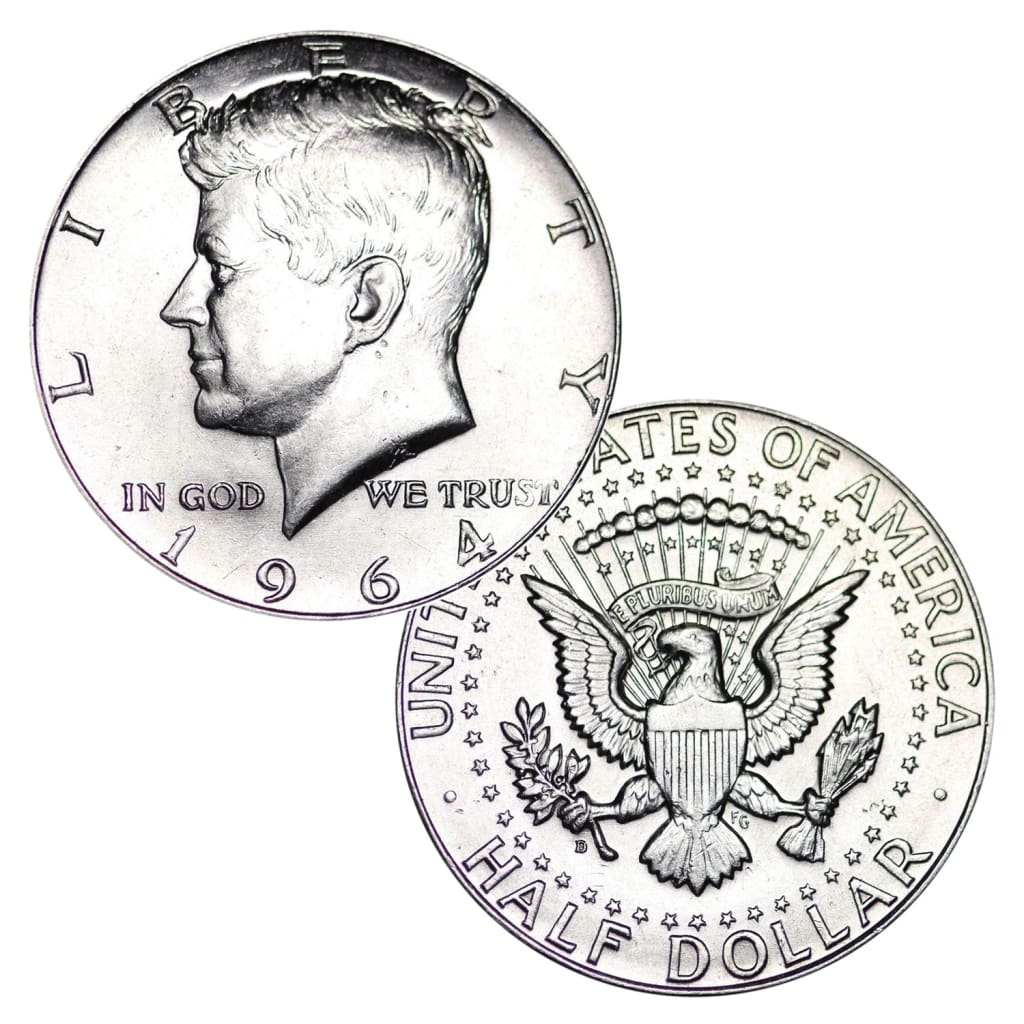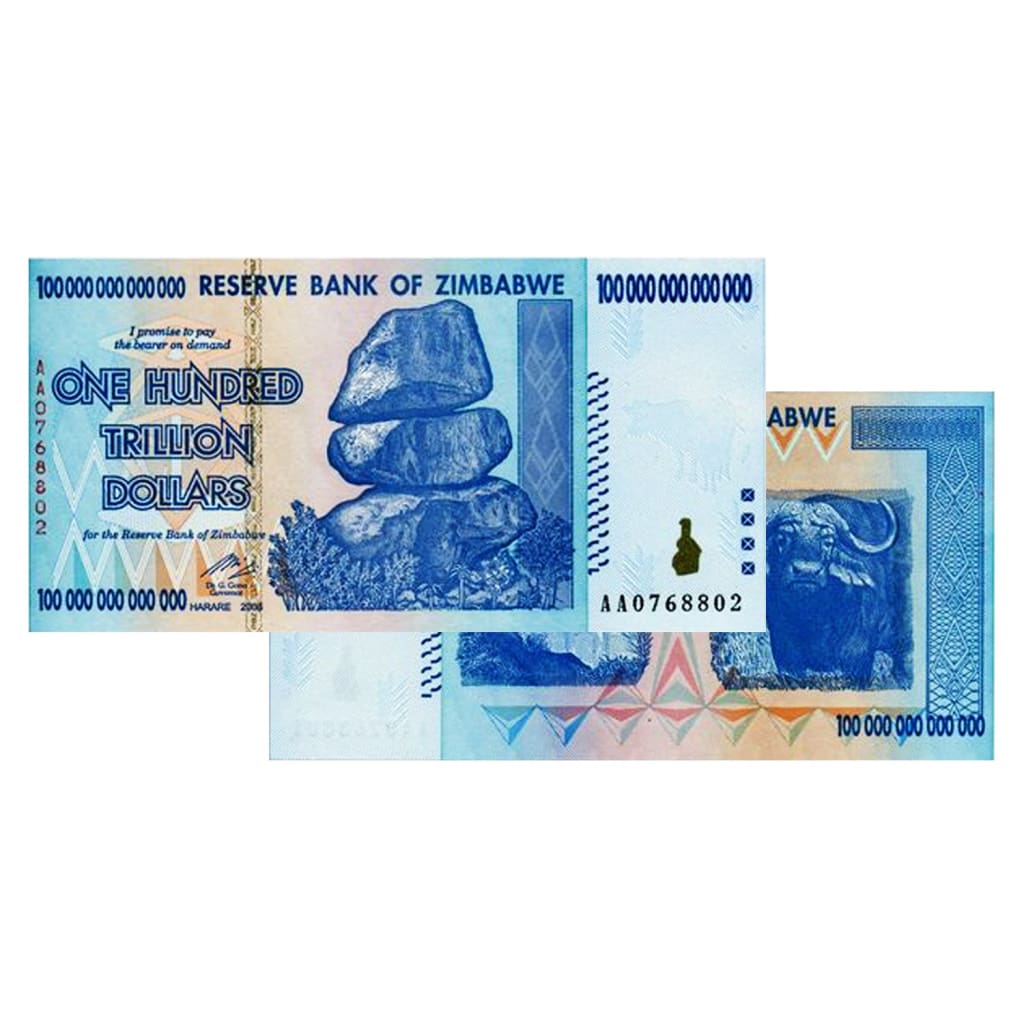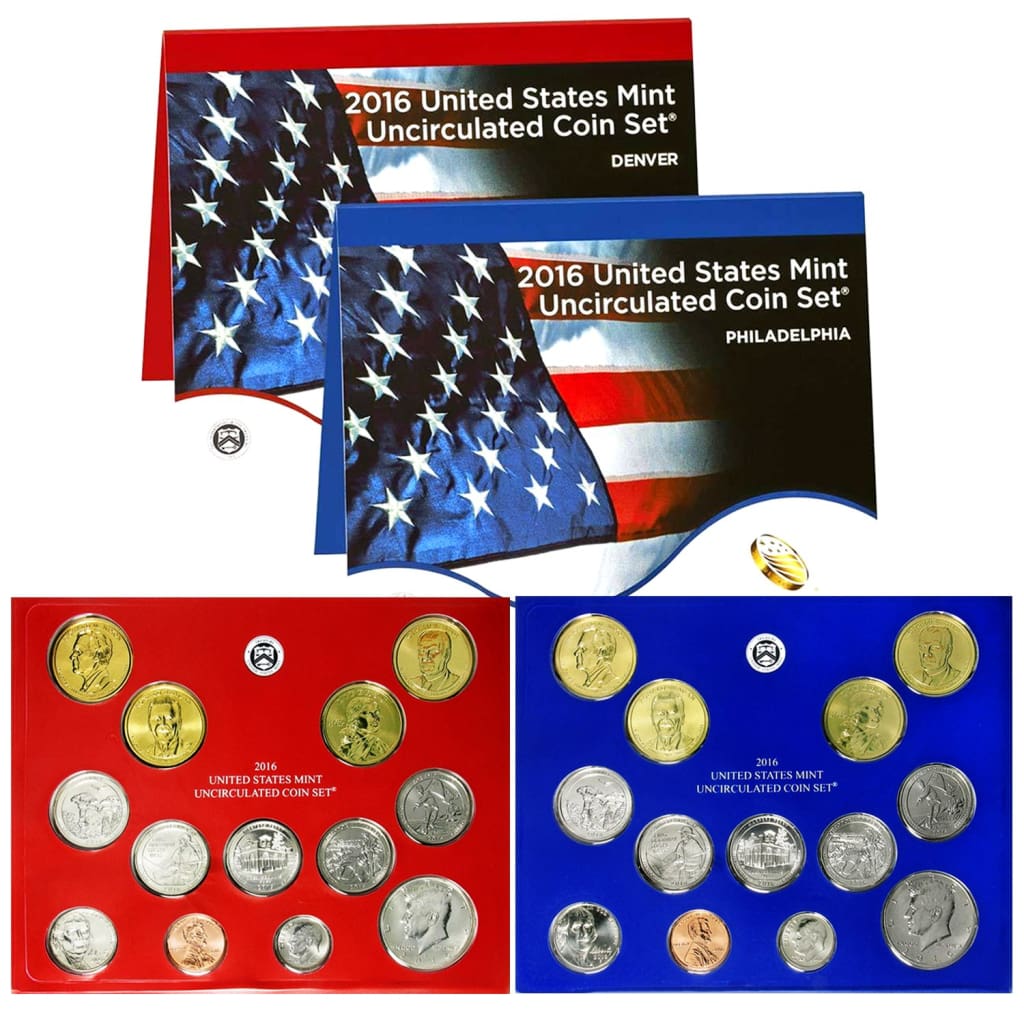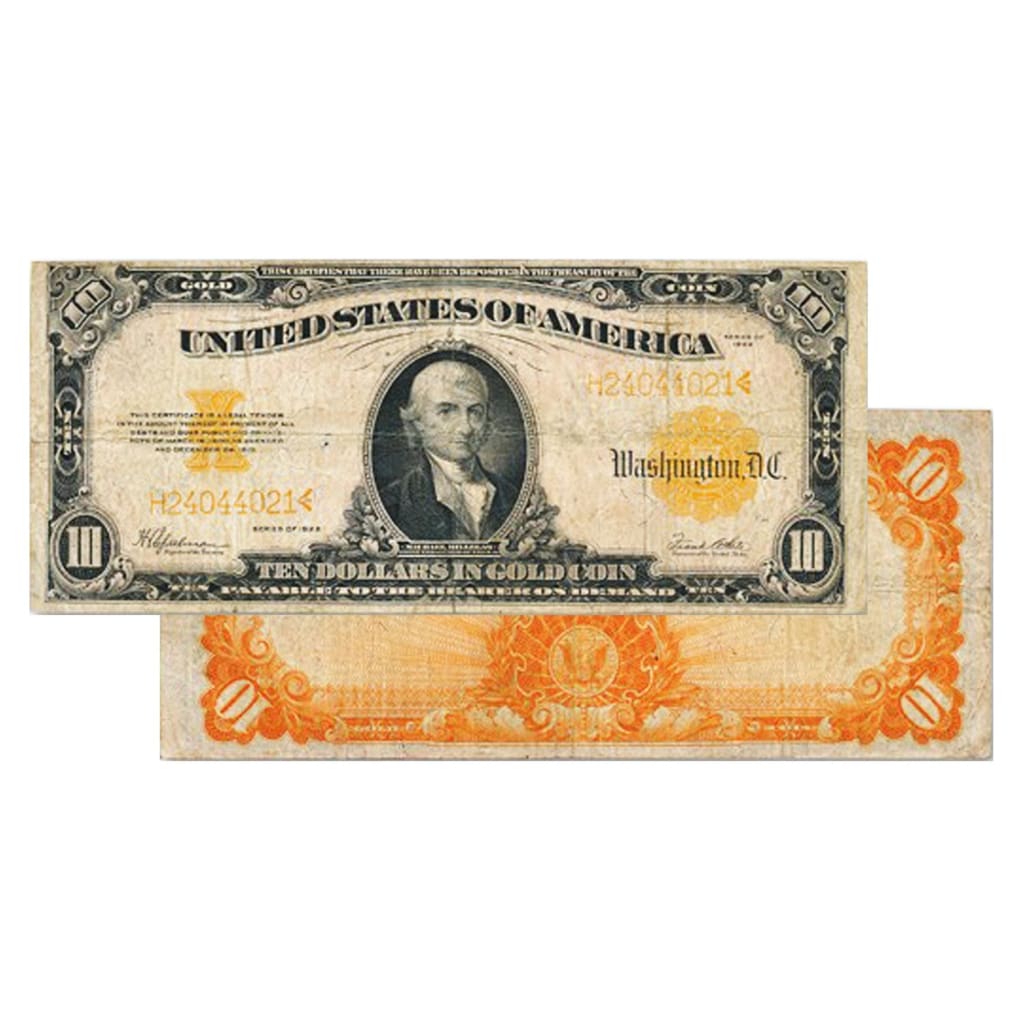In 1622, twenty-eight Spanish galleons laden with gold and silver from Mexican mines set sail from Havana to ride the Caribbean current past Florida and onto Spain. Sailing single-file, the last of the ships were caught by a hurricane and sank, taking an estimated $700 million in treasure to the ocean floor off the Florida Keys. While their location was initially known, a subsequent hurricane washed several of the ships into parts unknown, and those that remained were out of reach of divers at the time.
Salvaging Sunken Millions
There the ships lay, abandoned and largely forgotten until SCUBA equipment came into use during WWII. But people had other things on their mind during the war years, so it wasn’t until the 1960s when serious attempts at location and recovery began. Then, in 1985, treasure hunter Mel Fisher found $500 million worth of the sunken treasure less than 100 miles off the coast of Key West. Of course, that means around $200 million is yet to be found.
Ninety-three years later, in 1715, fifteen ships laden with what has been estimated at $2 billion worth of gold, silver, and jewels headed out from Cuba, also bound for Spain via Florida. They never made it. Sailing into a hurricane, all fifteen ships were sunk off the Florida coast, and their treasures went down with them.
Eleven of the ships have since been found, and millions of dollars’ worth of treasure recovered, but four remain lost, one of which, the San Miguel, is thought to contain the largest cache of all.
Searching for Land-locked Loot
But what if you don’t have the time, money, and skill to search for sunken gold? How about treasure buried on terra firma? There are several stories about stashes of missing riches scattered across the country, including
-
$350,000 in gold, silver, and heirlooms buried by Col. John S. Mosby near Culpepper, Virginia to avoid its capture by Union forces.
-
$375,000 in gold bars buried on the banks of the Bighorn River by Captain Grant Marsh to lighten his steamship’s load in order to carry wounded away from Custer’s massacre.
-
Butch Cassidy and his gang, the Wild Bunch, are said to have buried $20,000 somewhere in Colorado’s Irish Canyon sometime around 1900 before heading for South America. Cassidy supposedly disliked carrying gold coins because of their weight, so if that’s what he buried, they’re worth a lot more now.
-
Fleeing from the Feds in 1934, Public Enemy No. 1 John Dillinger supposedly buried $200,000 in small bills near his hideout in Mercer, Wisconsin. He was gunned down two months later, and the loot—if it existed—hasn’t been found.
-
Pirate and smuggler Jean Lafitte and his brother allegedly buried caches of treasure at various spots outside New Orleans. If they did, it’s still there.
-
Santa Fe art dealer and author Forrest Fenn claims to have buried gold nuggets, rare coins, jewelry and gemstones worth over a million dollars somewhere in the Rocky Mountains around 2010 and even published a poem with nine clues to the treasure’s location. Since then, he has added four more. So far at least two, probably three, people have died hunting for it. Fenn says some searchers have gotten within 200 feet of the stash without finding it.
-
$63 million in gold and silver was supposedly buried in 1816 somewhere in the Rocky Mountains for safekeeping by Thomas Beale and his mining partners. Beale left three coded messages in a box with a Virginia innkeeper that listed the contents, the names of the partners and their next of kin, and the treasure’s location. If Beale didn’t return for the box after ten years, a key to the code was supposed to be mailed to the innkeeper. It wasn’t, and two of the three codes remain unbroken today, including the location of the hoard.
Fabulous Finds
Gold and silver have a value of their own, but when they’re in the form of rare coins, their worth can soar. Here are some real-life finds by ordinary people:
-
Two 11th-century Viking silver coins were discovered in 2016 by treasure hunter Brian Morton on a farm near Newcastle in County Down, Northern Ireland. He planned to offer the coins at auction and split the proceeds with the landowner.
-
Another amateur treasure hunter, Lawrence Egerton, found 22,000 copper-alloy 4th century Roman coins in 2014 using a metal detector next to the excavation site of a Roman villa near Seaton Down, England. The find is worth tens of thousands of dollars at today’s prices
-
Scavenger Wesley Carrington took his new metal detector out for a spin near Saint Alban’s, England and found fifty-six 1,600-year-old Roman gold coins worth $128,000. He also planned to auction the coins and split the proceeds with owner of the property where he found them.
-
A beachcomber in Buckinghamshire England found 5,000 thousand-year-old coins from the reign of King Canute worth $1.2 million
-
A farm in Somerset, England hid the largest trove of Roman coins ever found in Britain. The 350-pound discovery was buried in a clay pot found by an amateur treasure hunter and valued at $4.7 million.
-
In 2012, two amateur hunters acting on a tip searched a farm on Jersey Island off the coast of France and unearthed nearly 70,000 Celtic coins from around 35-50 BC. Speculation is that the coins were buried by ancient Celts fleeing the Roman armies. The coins are worth an estimated $13 million, and their ownership is yet to be settled.
And our favorite…
In 2013 a couple were walking their dog near Saddle Ridge in Northern California’s Gold Rush country. They saw a rusty can buried in a hillside and discovered it was full of gold coins. When they went back to the location, they found more cans of coins containing 1,427 $5, $10 & $20 gold eagle coins from 1847-1894. The $11 million bonanza includes an 1886-S mint-condition $10 Gold Eagle worth over $1 million. Speculation abounds as to who buried them, but their origin remains a mystery.
What to Do If You Discover Lost Treasure
People find old coins lying about or buried in all sorts of places. If you come across any you suspect may be valuable, first of all, don’t try to clean them. Like most antiques, old coins lose value quickly if they’re cleaned inexpertly. Even tap water has chlorine that will discolor the coin. If you must clean mud and dirt off, use distilled water and never rub the coin, then let it air dry.
If you only find a few pieces, you can probably do an internet search to get an idea of their potential value. But always err on the side of caution. Unless you’re an expert, you may overlook a small detail that could drive up a coin or bill’s value. Take the time to have it looked at by reputable coin dealer. Even if individual pieces are only worth a few dollars, it can quickly add up. And there might be a hidden treasure lurking in the bundle.
And always, happy hunting!
#######





